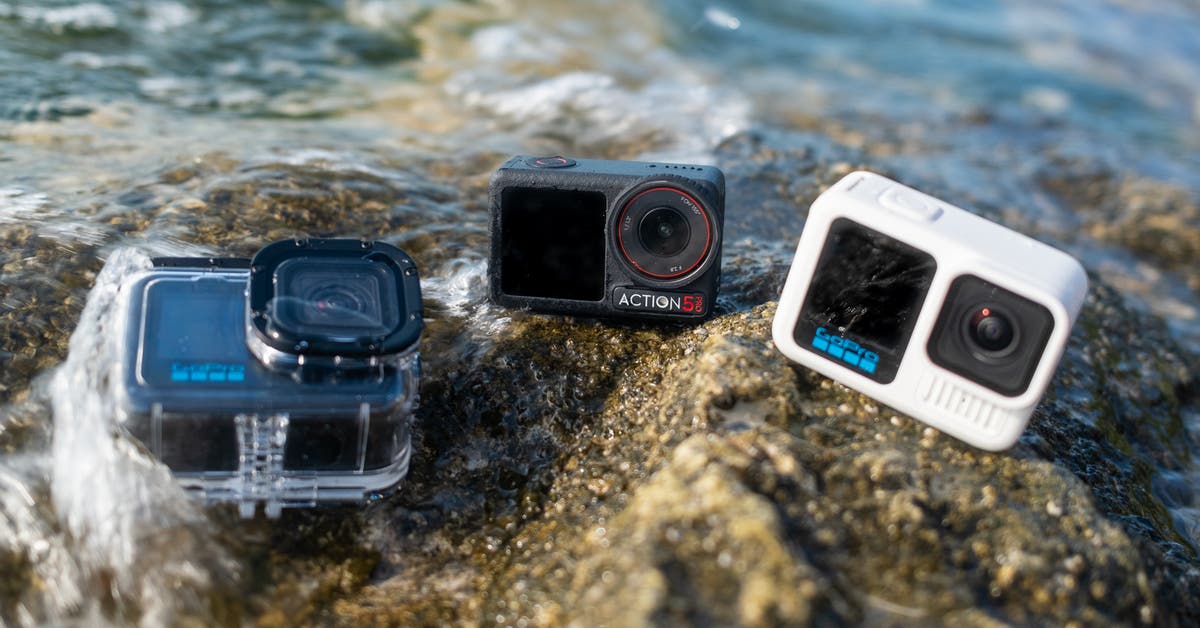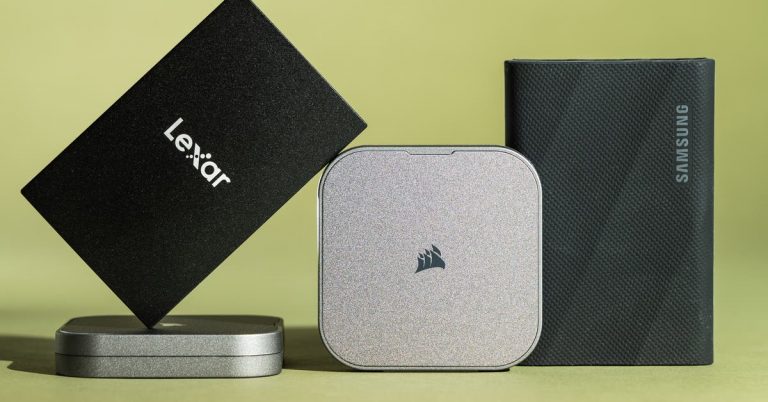How a Pro Photographer Takes Incredible Underwater Photos
When you’re diving, the water around you filters light — but not evenly. As you descend, red wavelengths disappear first, followed by orange and yellow. Soon, all you have left are greens and blues.
Most recreational dives are shallow enough that you’ll still be able to capture some oranges and yellows, but after 15 feet or so you have very little red. And that’s the best-case scenario, on a sunny day when the water is clear; murky water, cold water, and overcast days all create unique lighting challenges.
The result is that your images right out of the camera will typically be far less vibrant than the inspo you’ve likely seen on social media. If you’ve been dazzled by underwater photos with vibrant oranges and reds, what you’ve seen is either the results of a very shallow dive or the product of the photographer’s bringing their own lights underwater.
Avoid: Color filters
Color filters that you mount in front of your camera’s lens can serve as a bridge between bringing your own lights and getting enough from the sun. Typically these filters are red, orange, or magenta for underwater use, but they don’t add red, orange, or magenta light — instead, they reduce green and blue light. The camera tries to compensate by letting in more light so that there’s more red, orange, or magenta than there otherwise would have been.
However, I’m not a fan of using these filters, for several reasons. First, doing so darkens the overall image and forces the camera to compensate by increasing the ISO sensitivity, the shutter speed, and/or the aperture setting to let in more light; that process tends to reduce overall image quality. In addition, these filters work only at some depths and lighting conditions.
So, although filters can help, editing is a better, more flexible fix for beginners.
Use: Editing software
Virtually all underwater photos you see online have been edited. Generally, they have been brightened, and the colors have been adjusted to make them look a little more natural.
Editing is entirely optional, of course, and many of my favorite underwater photos that I’ve taken haven’t been messed with much, if at all. But when you’re 50 feet under the sea, the world is blue and green. Editing the images you capture to add reds, oranges, and yellows may make them less “realistic,” but the result is often more pleasing and interesting to a viewer. Ultimately, there’s no right or wrong answer as to how much editing is too much.
If you’re handy at photo editing, you can use Adobe Photoshop, Lightroom, or Premiere Pro — or any of the many free photo and video alternatives.
In addition, the apps created by action cam manufacturers — such as DJI’s Mimo app (iOS, Android via APK only), Insta360’s desktop and mobile app (iOS, Android), and GoPro’s Quik app (iOS, Android) — have filters to improve the colors of underwater footage from their various cameras. CapCut, our pick for the best third-party video editing app, doesn’t have a specific filter for underwater footage but does include the tools you need to fix the colors yourself.
But if you don’t want to mess with adjustment sliders yourself, consider AquaColorFix (iOS, Android). This automated color-correction app is simple to use and does a great job. It also has traditional image adjustments, as a standard photo editor does.
The free version works only with photos and adds watermarks, while the paid version removes the watermarks and also works with video. At this writing, it costs $25 as a one-time purchase, $10 per year, or $3 per month.

Another solid option is the Dive+ app (iOS, Android), which has additional social and location-guide features. The free version has a watermark and a limit to how many images and videos you can color-correct per day. The paid version costs $24 per year or $4 per month at this writing.
Avoid: LED lights
It’s possible to add red and orange back into images by bringing your own lighting. You can find rigs that add small LED lights and strobes to everything from action cameras to more elaborate camera setups.
But you don’t need lights for good underwater photography, and for most people they would be more trouble than they’re worth. They add cost and complexity, and even the smallest rigs are bulkier than just the camera itself.
Yes, they can absolutely help you get some epic shots, but they’re effective only within a short distance from the camera — roughly 3 to 10 feet, give or take a few feet depending on the situation.
You shouldn’t consider adding lights to your camera before you are extremely comfortable and experienced with both diving and underwater photography.







